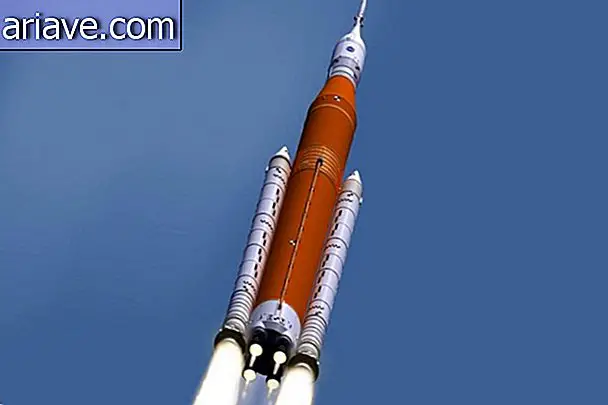Messenger probe confirms Mercury lava ocean
The Messenger (Mercury Surface Space Environment Geochemistry) satellite, orbiting Mercury since 2011, has recorded evidence that the planet once had a large ocean of lava formed about 4.5 billion years ago. A group of scientists analyzed fluorescence imaging showing the appearance of two distinct stone compositions.
In the laboratory, these researchers used the records to try to recreate these two types of stones and subjected them to high temperatures and pressures as a way of simulating common geological processes. The result of the experiment was the following conclusion: An ocean of magma created two layers of different crystals that solidified and melted again, creating a magma that spread across the planet's surface.
According to MIT Geology professor Timothy Grove, what is most striking is that "the event is not from yesterday and the crust is probably over 4 billion years old." Grove also states that estimates are that the ocean of magma has been present since the beginning of Mercury's existence and was probably created through a violent process that gave rise to the planet.
Messenger
Launched in 2004 and in orbit since March 17, 2011, the spacecraft is the first spacecraft to orbit Mercury, 12 hours of travel on the planet and at an altitude of 200 km. Equipped with nine scientific instruments, the spacecraft is 46.14 million kilometers from the Sun and 155.06 million Earth.











